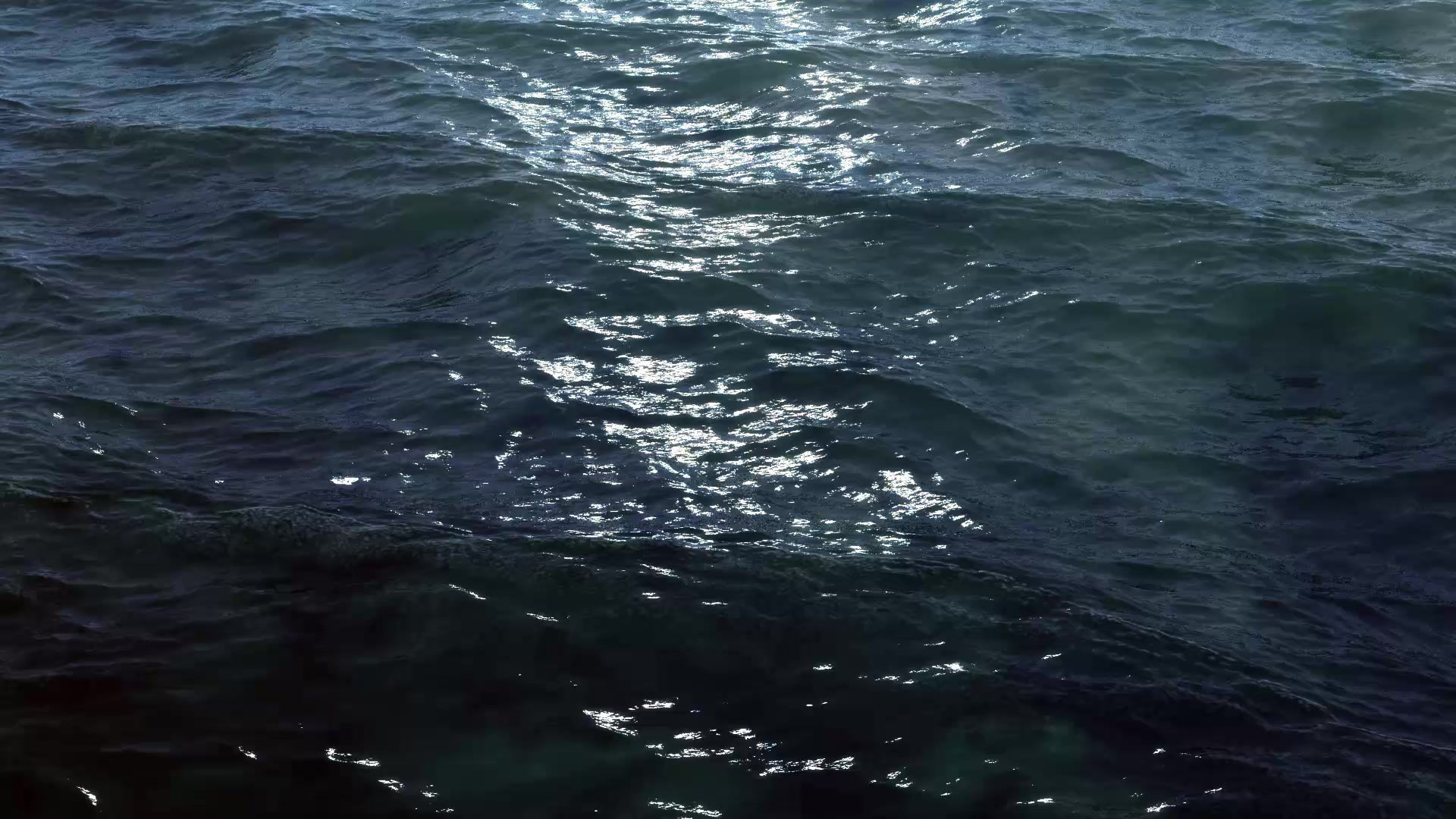
05 The Transformation of Pirates at the End of the Ancient Japan
The sea had islands and peninsulas. It had shoals and currents. It had morning and evening calms with different winds between them, as well as seasonal winds.
The sea was a route for some people to transport goods; while it was a life place for those who fished, dived, and gathered marine products. Those who lived around the sea, sea people let me call them, might have designs on those goods in their bad times.
In the 9th and 10th centuries, when the control by the central government weakened, some members of powerful clans and families led those sea people and did piracy as a part of their power games. Conflicts between a provincial governor, who represented the central government in the province, and county chiefs, who were members of local powerful families, sometimes brought about attacks on the provincial office, and the attacks were defined as piracy by the central government. Fujiwara Sumitomo, the first pirate king, was one example of those leaders.
They robbed boats of the goods. They looted tax rice from bonded warehouses. As a result, they hindered the transportation to Kyoto.
In the 11th century, after the failure of Fujiwara Sumitomo’s Rebellion, however, they realized they could benefit more from controlling water transportation rather than from simply interfering it.
Who were those who tried to control water transportation along the Seto Inland Sea instead of just attacking boats and warehouses? Unluckily enough, it was not sea people themselves but local powerful families whom salt makers wanted to sue in a Chinese poem on the poor composed by Sugawara Michizane that led the transformation process of piracy at the end of Ancient Japan.
To whom winter comes faster?
To salt makers winter comes faster
Boiling sea water is easy for them to handle
Smoking themselves, however, is what they should dare
Dry weather lowers salt prices
Dry climate, however, supports their trade
Wishing to sue violent powerful families at heart
They often just bow to officials at sea ports
Each of these local powerful families had its own estate and combatant followers. They often “donated” their estate to a central noble clan or a big temple to ask for their legal and/or unlawful protection against a provincial government or other local powerful families.
Some of the powerful families stationed their relatives in Kyoto to ingratiate themselves with central nobles and to get some more useful information. Some were working to keep the peace over their county, and became samurais later in the Japanese history. As Fujiwara Yasunori (825-895) suggested, those powerful families did piracy rather to get richer than as a result of poverty or social unrest.
At the beginning of the 12th century, Emperor Toba disliked the aristocracy championed by the families of the Fujiwara Clan, retired and moved out of the center of the capital into Toba area, and pursued his own political hegemony economically based on overseas commerce, which, ironically enough, led to another non-imperial hegemony by the Taira Clan. Toba area being the water entrance to the capital, several “detached” palaces of Japanese popes, or “retired-into Buddhism” emperors were built there.
In the 12th century, at the end of Ancient Japan, the Taira Clan, a central military noble clan, which used to be despised by central civil noble clans, got interested in exploiting the water transportation along the Seto Inland Sea, especially in monopolizing the trade with Song, the first dynasty who unified China after Tang, and tried placing the sea under their sphere of influence. For the Taira Clan, those who didn’t acquiesce to their demands and orders were pirates. For the locals, however, the Taira Clan must have been pirates.
The Taira Clan overawed local powerful families along the Seto Inland Sea with their own force. That means they shut the door to the Ancient Japan Establishment, and prepared the country to open up another door to its medieval times, when those who could control local powerful families or samurais came to enjoy the hegemony and supremacy in Japan.
Then, there came Taira Kiyomori. In his days, we can find few articles on piracy. He placed his west base around Miya-jima Island, and built a beautiful palace-like sea shrine on the island itself, Itsuku-shima Shrine, which is one of the World Heritage sites today. His east port near Kyoto was O-wada Port in Settsu Province. He repeatedly “paid homage” at the shrine from the capital via the port. He found no pirates along the sea in his prime. That means he had conquered all the pirates there.
Does that mean we had no pirates at all then? Some other central noble clans and big temples used to have manors or “donated” estates along the Seto Inland Sea those days, but many of them were complaining of fewer annual tributes being sent to the capital. For them, Taira Kiyomori was the one and biggest pirate.